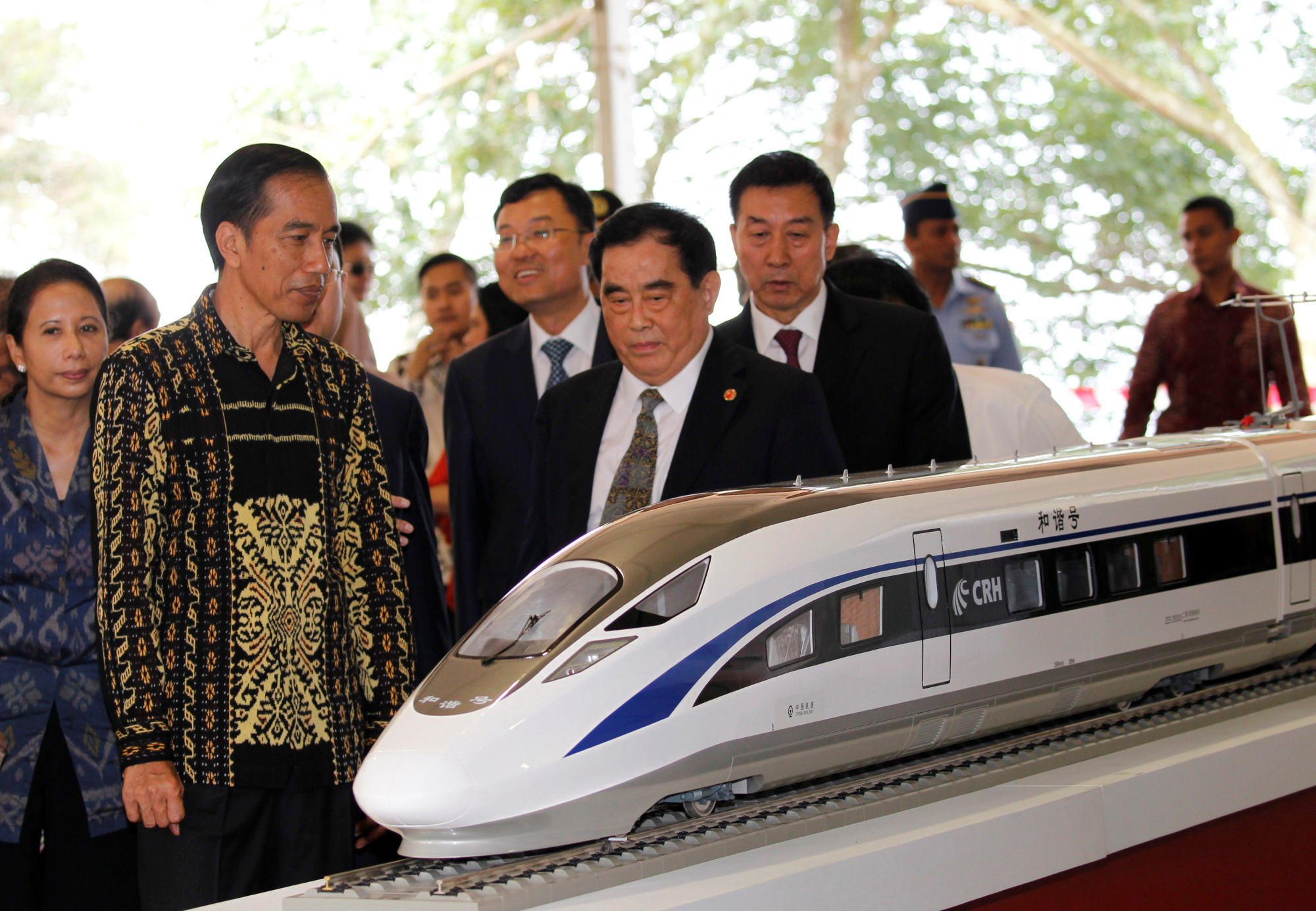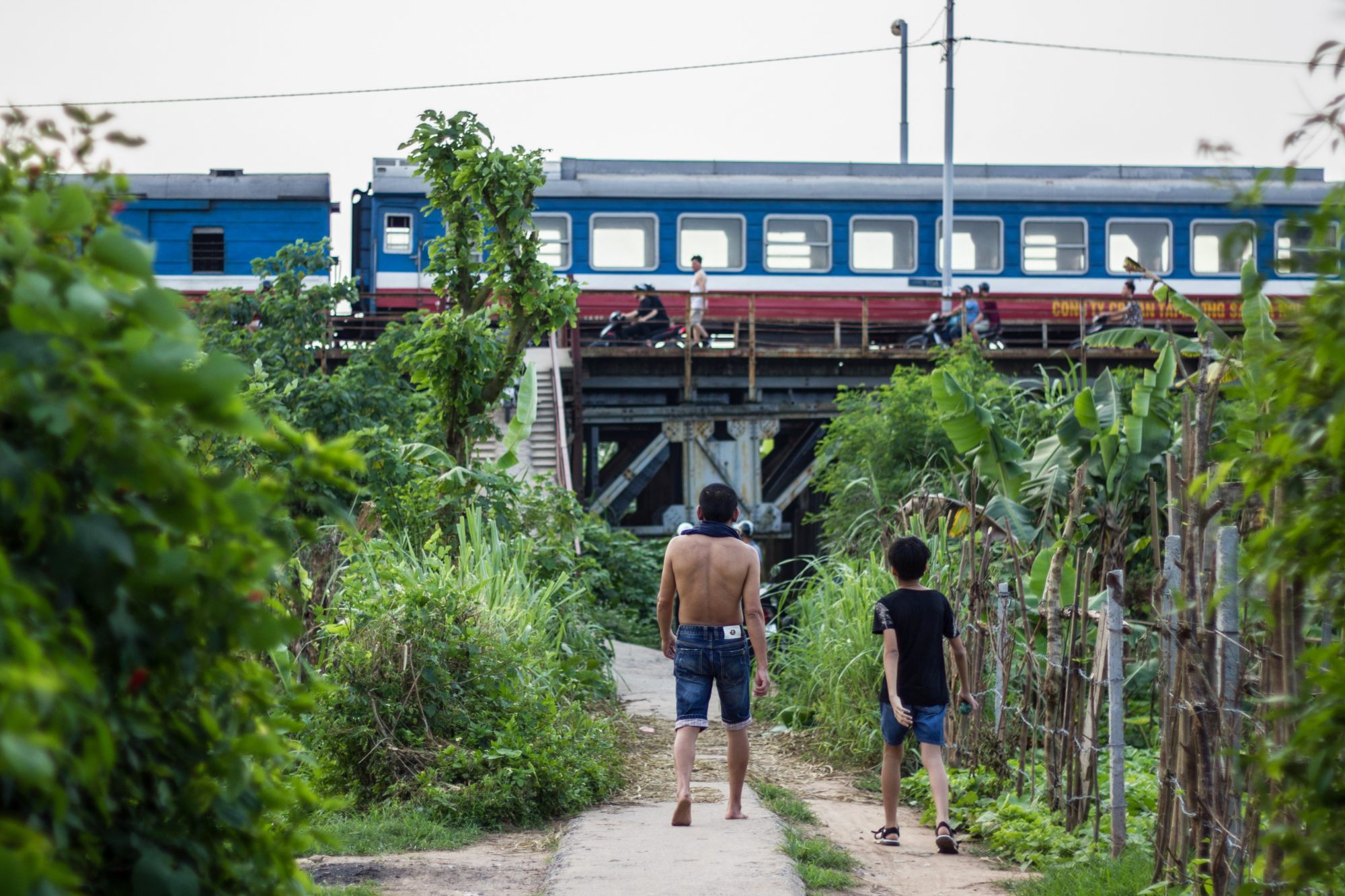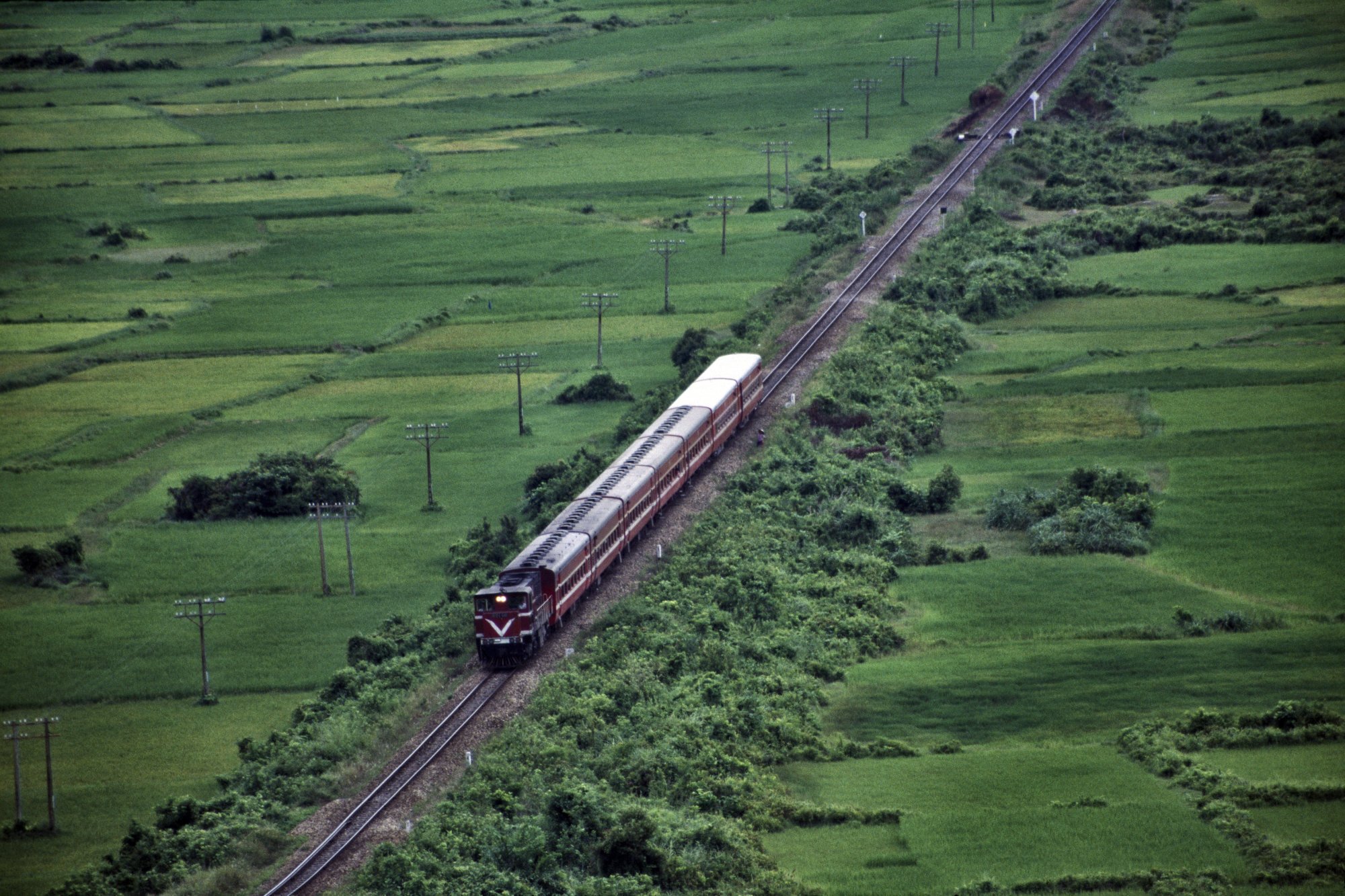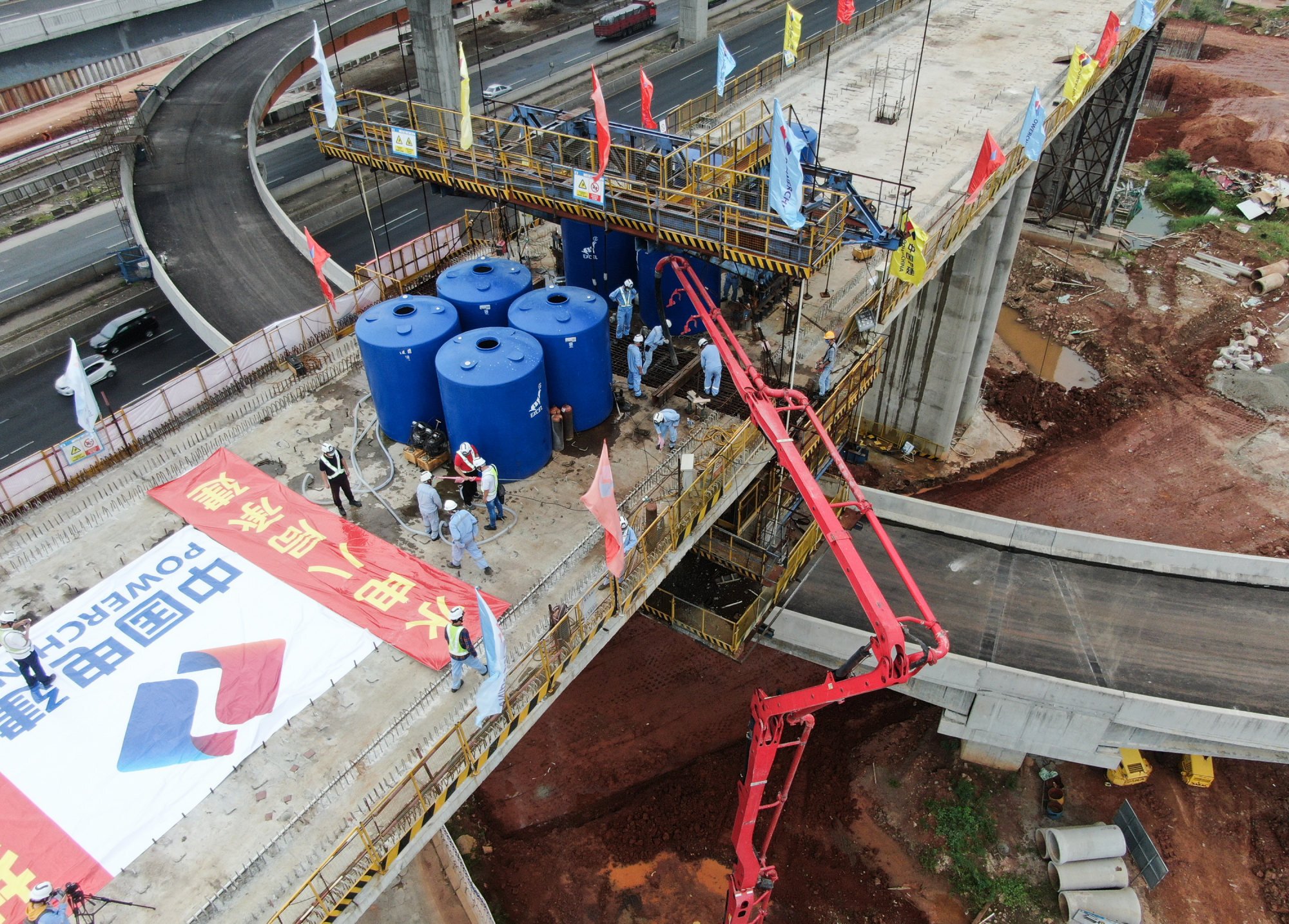Trains not planes? The growth of rail travel in Southeast Asia
4 min read“Since [the Asean Connectivity master plan was released] in the late 2000s, Southeast Asian countries have refocused on rail development as a way to boost growth, keep up with rapid urbanisation and enhance regional integration,” says Jessica Liao, assistant professor in the department of political science at North Carolina State University in the US.

Indonesia will eventually have a high-speed railway across its main island, Java (the completion date is currently 2023), complementing the existing network on the island. Malaysia is developing transport infrastructure along peninsular Malaysia’s long-ignored east coast, while upgrading the main north-south link for faster, electric trains. Vietnam’s long-discussed rail upgrade plans are progressing – albeit glacially, rather like the development of a metro system in Ho Chi Minh City – and a long-mooted rail connection with Cambodia is still expected, the government in Phnom Penh having initiated a feasibility study.
Dirt roads, no tourists, waterfall swims – joys of rural Laos
Dirt roads, no tourists, waterfall swims – joys of rural Laos
Landlocked Laos has long suffered a lack of connections. An existing Thai line from Bangkok up to the two countries’ riverine border doesn’t yet straddle the Mekong and truly connect the two capitals. (Such a connection, however, is now just a matter of time, with an agreement on a high-speed, Chinese-financed line between Bangkok and Laos having been signed in October 2020.)
Tokyo is competing with Beijing to win rail infrastructure projects in Southeast Asia, Liao says. Japan was already building high speed railways on which trains could run at over 200km/h in the 1960s – on newer lines they reach 300km/h – and continues to be held up as the global gold standard.
Japan actually built China’s first high-speed railways, during its colonial occupation in the 1930s. After 2000, however, Beijing dramatically grew its domestic rail network into the world’s largest, while its trains now reach speeds of up to 350km/h.

“Rail competition can be seen in Thailand, which has awarded rail and subway contracts to both Chinese and Japanese contractors to balance their financial sources,” Liao says. “The same balancing act is being played out by the Indonesian and Vietnamese governments in their infrastructure projects. In Malaysia and Laos, Chinese rail contractors have gotten more projects. They compete head to head in the Philippines.”
What all of this means for citizens, businesses, governments and tourists across Asia is increasing access to faster and greener transport.
People come to Southeast Asia to see it, not fly over it. The overland journeys are as much part of travel as the destination
In a 2019 report titled “The Future of Rail”, the International Energy Authority noted that rail was an underused component of passenger and freight transport, and that the technology plays an important role in efforts to mitigate against global heating.
“The much lower carbon intensity of rail (per passenger- or tonne-km) compared with most other modes of transport means the rail sector already plays a key role in containing global [greenhouse gas] emissions,” the report said.
“Looking forward, efficient electric motors and increasingly low-carbon power mixes could enable rail to contribute substantially to achieving zero-emission mobility from a well-to-wheel perspective.”

Post-Covid-19 travel planning for Asian journeys that once had to be completed by road or air can now include a growing number of rail options for those concerned with their carbon footprints, or just wishing for a new adventure, explains Mark Smith, who runs train travel website Seat61.
“People come to Southeast Asia to see it, not fly over it. The overland journeys are as much part of travel as the destination. Using real local transport – not flights or tour buses – you become a participant, not a spectator,” Smith says.

Convincing the less adventurous that slower travel by rail is worthy of their time will depend largely on what can be seen or discovered on these new train routes.
“It could be interesting to have the train journey experience [when travelling to Southeast Asia],” says Michelle Yu, an office worker in Shanghai who regularly travels around China. “But it would depend on if any sights on the way are interesting, and at the moment I have no idea of what I might see.”



